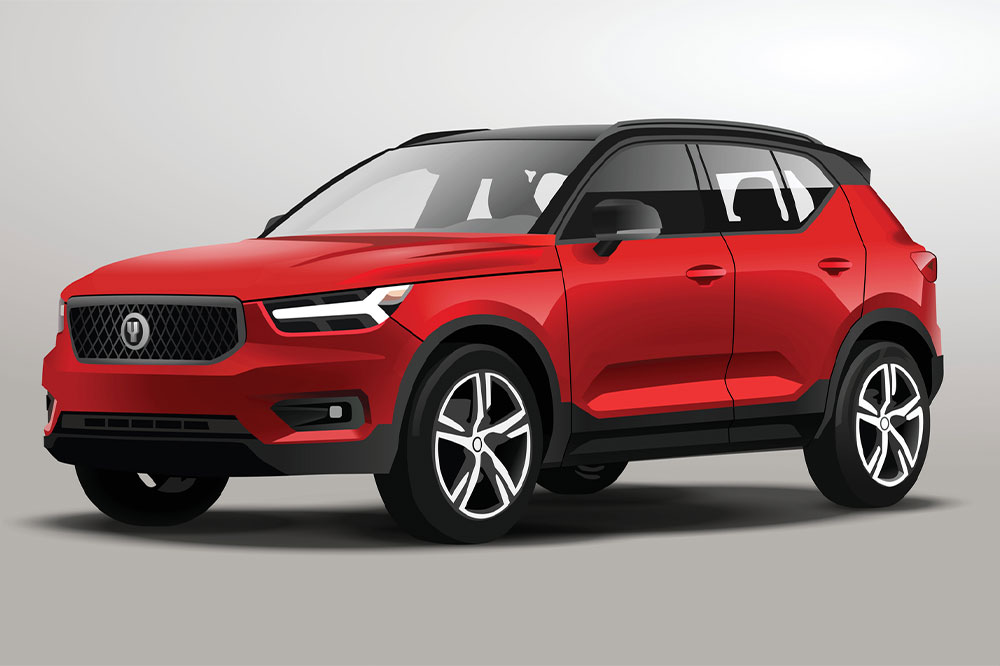Avoid these 4 mistakes when buying an SUV

Buying a new car, like an SUV, is usually a major purchase decision. It is typically a one-time investment for many who do not plan to switch vehicles for a few years. This means that simply opting for the latest make and model is not enough. You must consider the necessary features based on your and your family’s needs. So, here are a few mistakes to avoid when buying a new SUV:
Focusing on the exterior
Major brands manufacture compact SUVs, mid-size SUVs, and even luxury SUVs that come with many features and upgrades, each usually better than its predecessor. However, you need to compare features and not just go for only the exterior build and design, as what matters more is the car’s performance, engine, and comfort.
Going for unnecessary accessories
Premium and luxury cars are already loaded with advanced features. So when buying a new SUV, do not overspend on extra upgrades that the salespeople may make you believe are crucial. Install what is essential as there is always room for upgrades later.
Underestimating safety features
Modern vehicles, especially SUVs, come with safety features that are a mandate in many states. Some of the crucial safety features you need to consider are automatic braking, stability control, airbags, and sturdier builds.
Choosing the wrong arrangement
If you can afford to buy, do not lease a car. If you want to trade the car, exiting a lease agreement might be more difficult than selling the automobile. Buy an SUV for long-term use and carefully check the leasing conditions if you need a car for a short period.
Do your research before buying a new SUV, and pick the model that meets your requirements. You can check out the 2022 Lincoln Navigator, which offers a great blend of luxury and comfort and is suitable for a large family. With a base price of $78,000, this SUV’s key features include a powerful twin-turbo V6 engine, spacious interiors, and elegant detailing. The Lincoln Navigator luxury SUV is also designed for enhanced adaptive road control and fuel efficiency.

